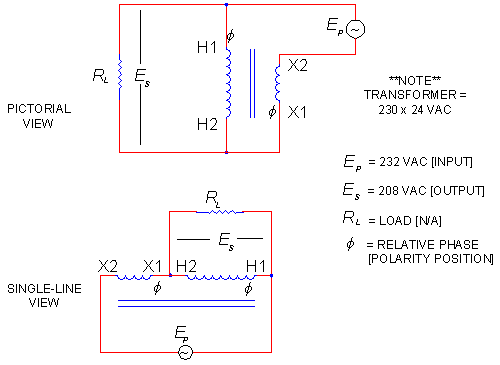Originally posted by janost
View Post













 Zilano was someone who posted to this thread in the past, and although I don't know if they came up with that particular circuit diagram variation, I think some people tried Zilano's suggestions and did not get any working results.
Zilano was someone who posted to this thread in the past, and although I don't know if they came up with that particular circuit diagram variation, I think some people tried Zilano's suggestions and did not get any working results. 







Comment